This Canarsie Spot Was Once Rocking and Bowling
In the 20th century, depending on the decade, you may have made your way to this block in Canarsie for bowling, lounge singers, rockers or a fashion show.

In the 20th century, depending on the decade, you may have made your way to this block in Canarsie for bowling, lounge singers, rockers or a fashion show.
The complex at 8801 Foster Avenue, which takes up the full block between Avenue D, East 88th and East 89th streets, at first glance projects a fairly utilitarian air and has been the home of Jersey Lynne Farms since the late 1970s. With its location just steps away from the Brooklyn Terminal Market, the dairy use makes sense and it might be easy to presume the building was constructed as an extension of the market.
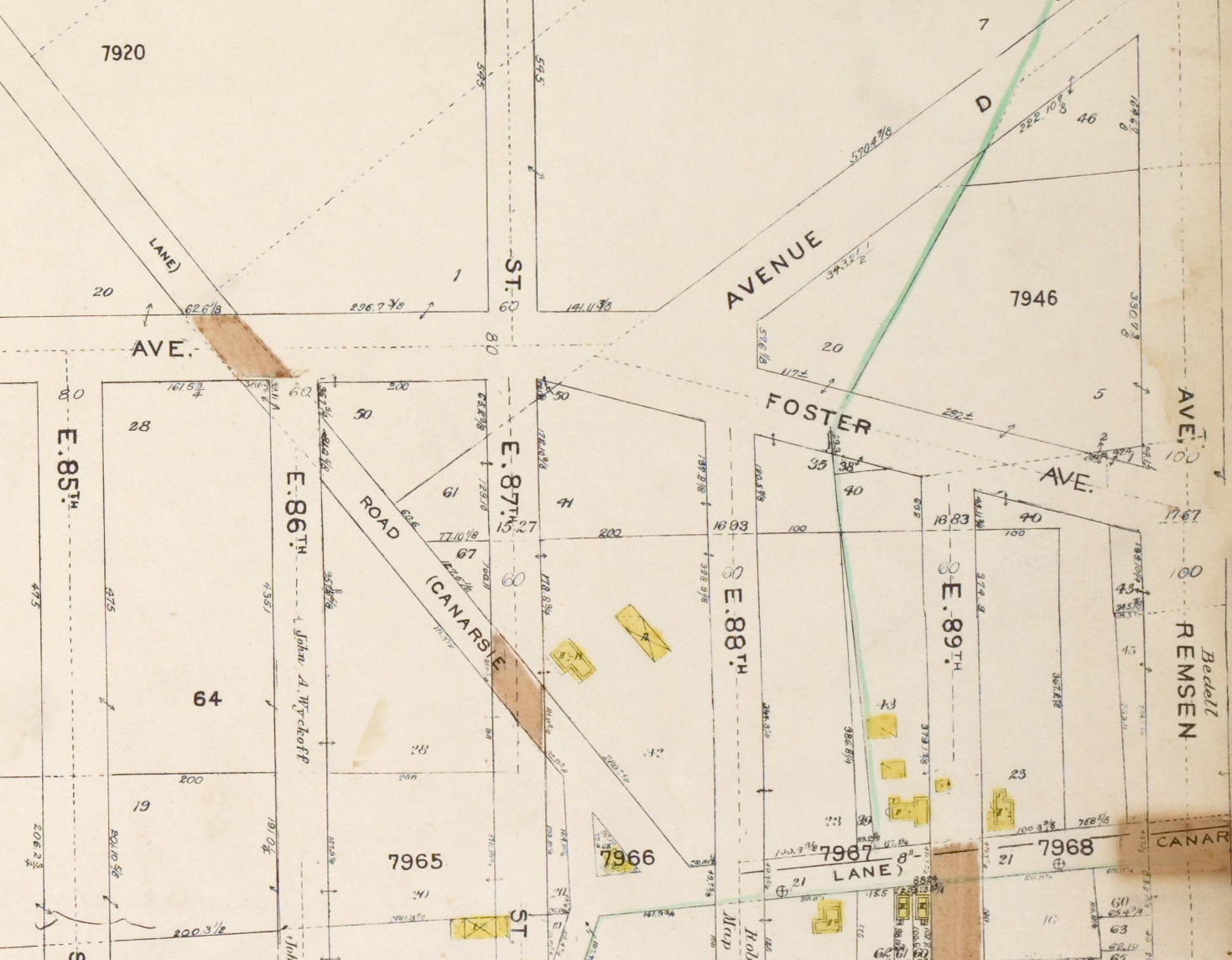
The Brooklyn Terminal Market was the 1940s replacement for Wallabout Market, once the center of Brooklyn’s wholesale food scene. Wallabout closed down in 1941 and some vendors made the move to a large swath of largely vacant land in Canarsie. Merchants operated out of temporary wooden structures until permanent stalls were constructed. Mayor Fiorello LaGuardia officially opened the complex in 1943.
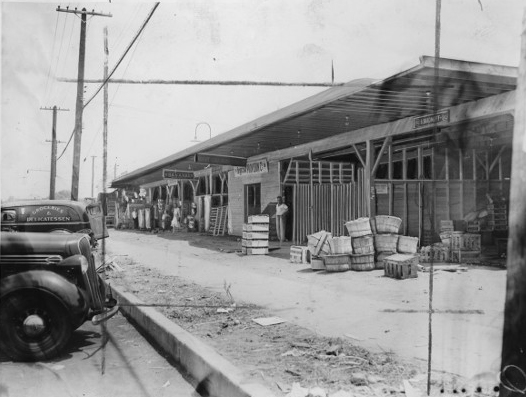
But while the Jersey Lynne Farms building was originally built with the vendors of the market it mind, it had a more entertaining focus. From 1941 to 1942, Brooklyn contractor Vito Picone developed this block with a complex that included a bowling alley, eight stores and a hotel. According to a Brooklyn Eagle story on the new building, the basement was leased to the Terminal Recreation Center, which would run the bowling alley along with an “ultra-modern lounge, bar and restaurant.” The paper also described the hotel as a “farmer’s hotel,” perhaps anticipating the likely guests as those coming in to do business at the market.
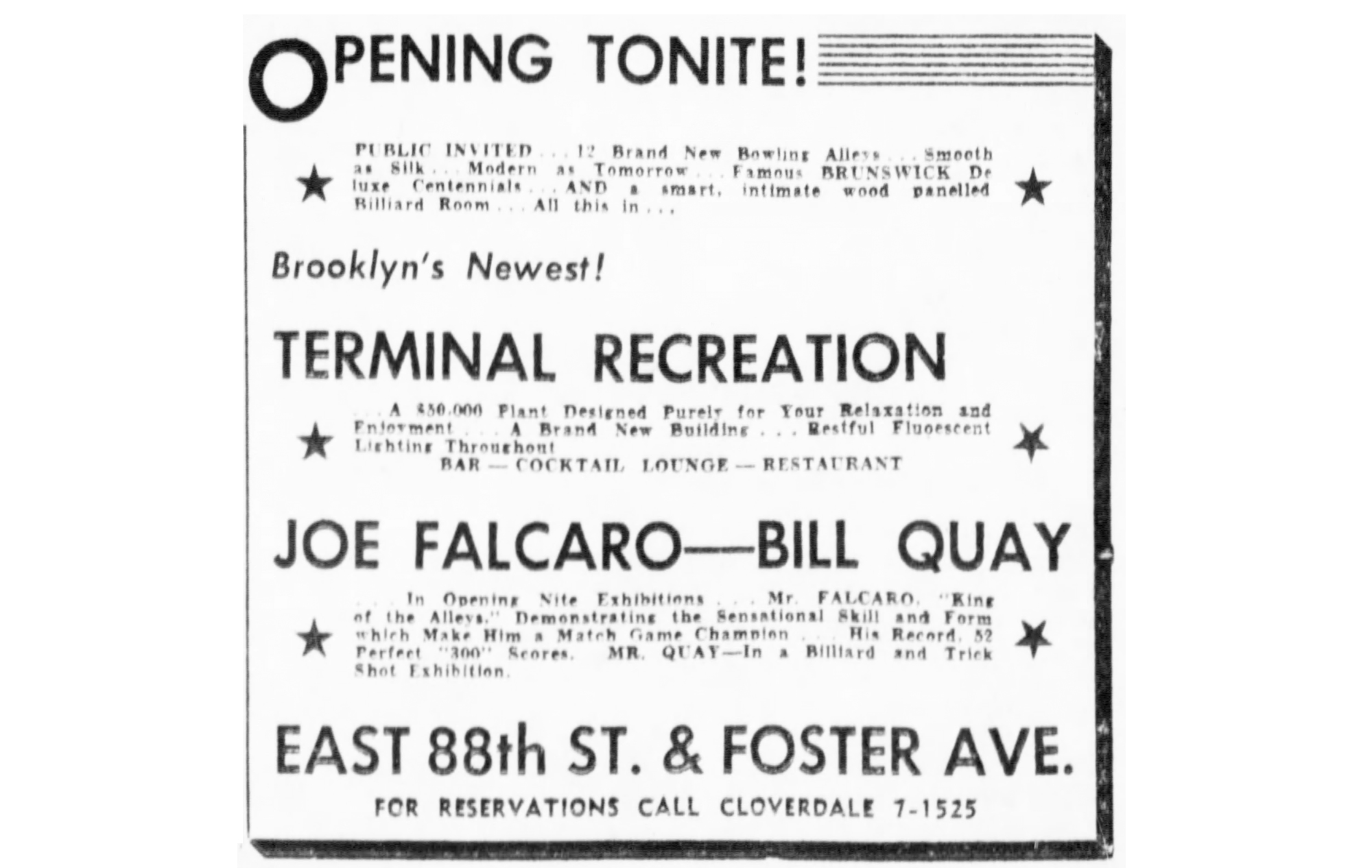
The 1942 certificate of occupancy for 8801-8813 Foster Avenue lists a restaurant, bowling alley and billiard parlor in the cellar, stores and restaurants on the first floor and a lodging house on the second floor. The Terminal Recreation Center opened in September 1942 with exhibition games by well-known bowlers in the 12 lanes and, according to an ad for the opening, a trick shot exhibition in the “intimate wood paneled billiard room.” The ad also boasted that the recreation hub cost $50,000 and included “restful fluorescent lighting throughout.”
While Vito Picone died in 1947, the property stayed in family ownership and ads for the bowling alley pop up in newspapers throughout the 1950s and early 1960s. Certificates of occupancy in the 1950s and 1960s show additional factory uses in the building, with the dwelling rooms, restaurant and entertainment spaces continuing to appear. A certificate of occupancy from 1966 marks the disappearance of the bowling alley and billiard room. Instead the cellar is listed as an “eating and drinking place without restriction on entertainment or dancing.”
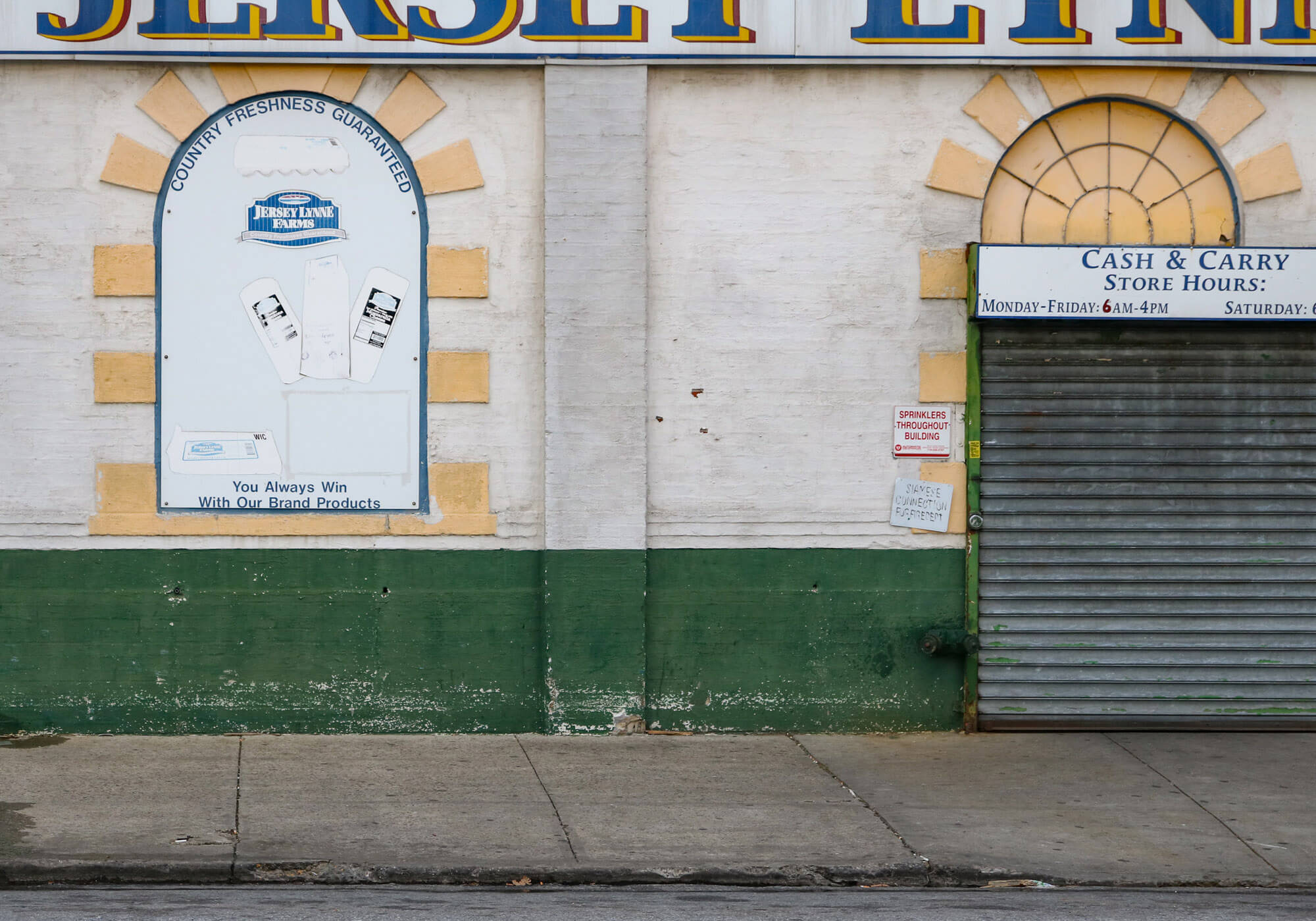
In 1968, with the property still in Picone family ownership, the Amsterdam News printed a blurb about the opening of two new “discotheques” in Brooklyn, Tempo City and the Pandemonium. Tempo City, also known as Tempo Dance City and Tempo Soul City, first appears in the Brooklyn Telephone Directory in 1967, on Foster Avenue.
It was a change in the times and Tempo City swept away the bowling alley in Canarsie. Lineups advertised for the new club in 1968 included The Illusion, The Rich Kids, The Chambers Brothers, Ruby and the Romantics, Spit-‘N Image and The Full Moon Travel Agency. That same year, music critic Robert Christgau ventured out to Canarsie for the full Tempo City experience for an essay in New York Magazine. He was, well, not impressed.
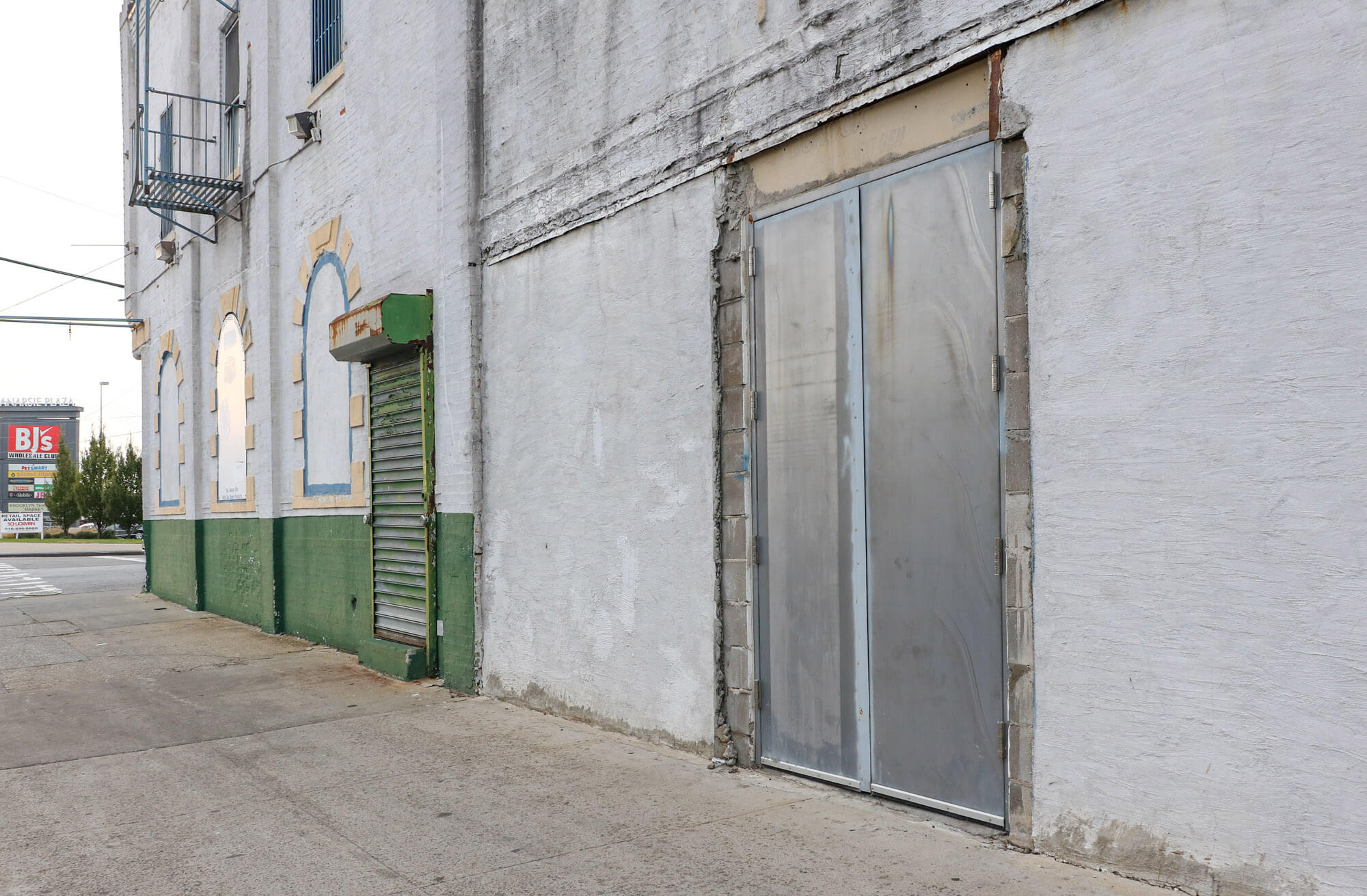
Christgau describes a trip to “some desolate backwater of Brooklyn” in search of Tempo Dance City where “it’s at if you live in Brooklyn and prefer the Rascals to the Doors.” He went forth in search of what he referred to as “lumpenpop,” pop that “lacks that creative flavor,” could be schlocky but could produce some good albums nonetheless. After a long taxi drive, he spotted the bowling-pin-shaped neon sign for Tempo, and he and friends headed downstairs into what he described as an interior seemingly decorated by a designer with a flair for backyard patios, with wrought iron, fake plants and an artificial fieldstone bar and bandstand.
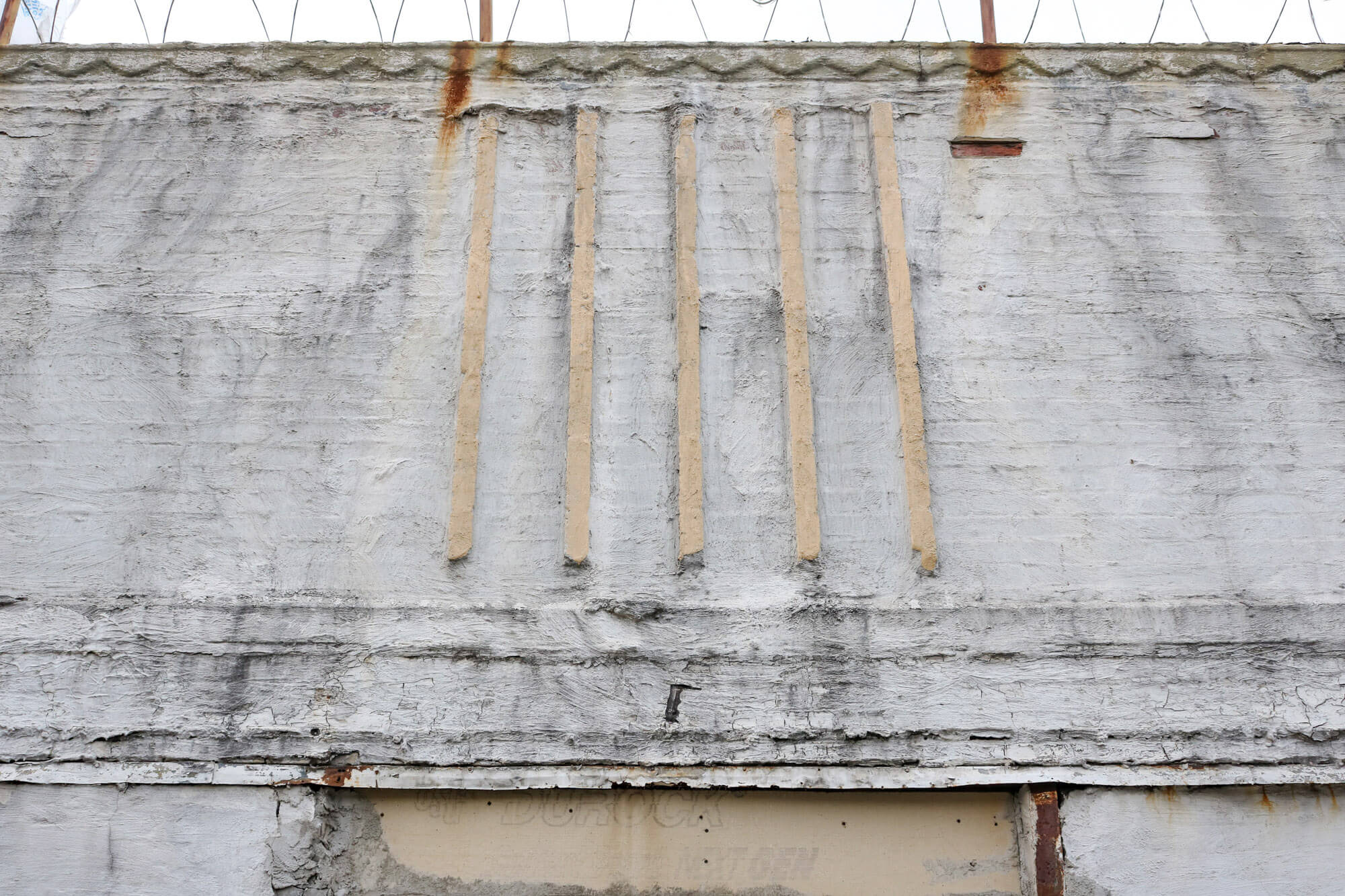
It’s not clear how well it would have been known at the time that Tempo had some mob connections. Henry Hill, associate in the Luchese crime family and later mob informant, and his crew invested in the club, according to “Gangsters and Goodfellas,” a biography on Hill. That crew included Jimmy “The Gent” Burke and Tommy “Two-Gun Tommy” DeSimone. They would head to Tempo on the weekends, hang out and grab some cash. “Jimmy used to keep a record book at the disco and every Friday if I needed $500 or $1,000, I’d get it,” Hill remembered.
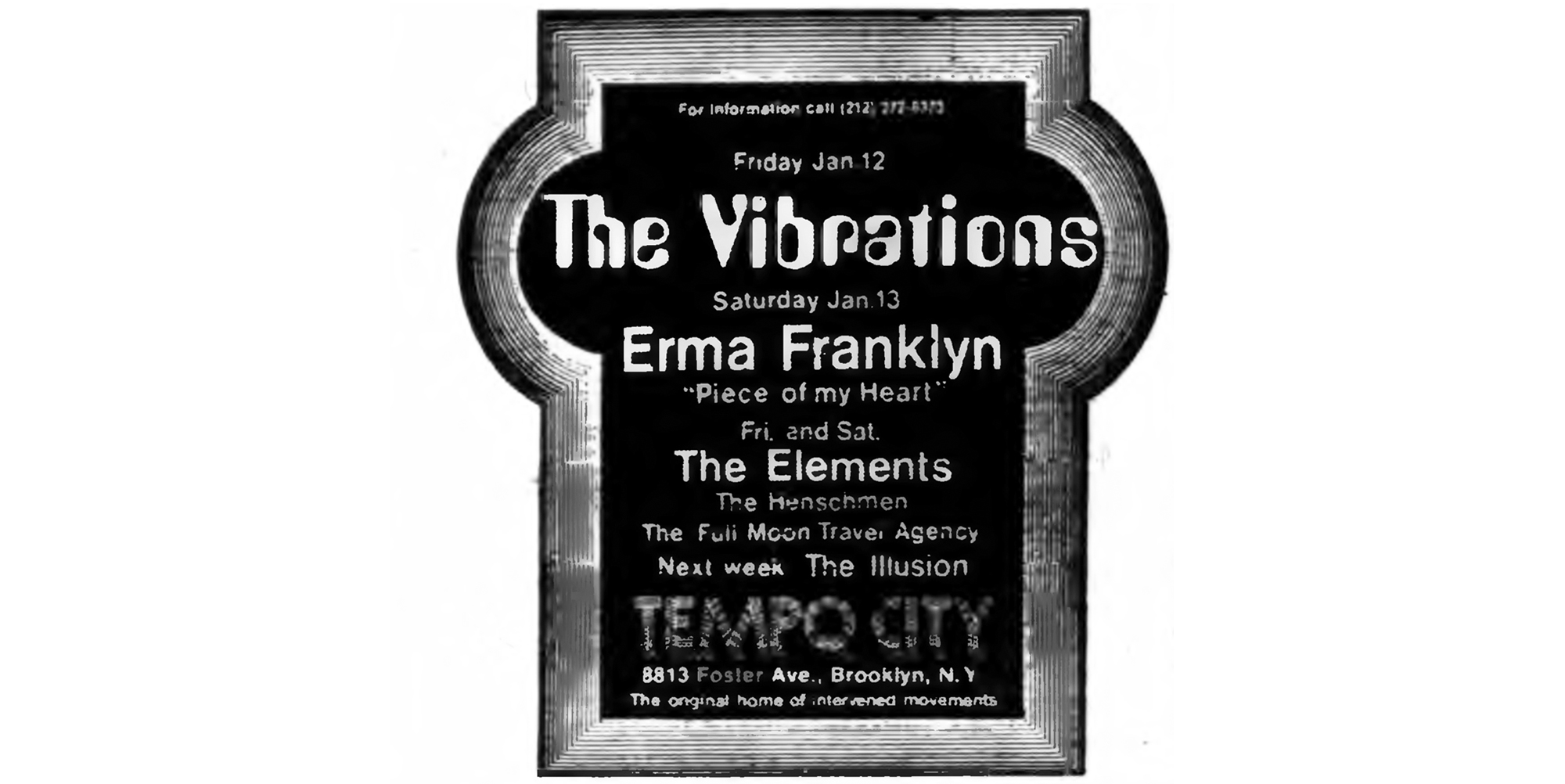
The club seems to have had a short life. By the mid 1970s it was known as the Coconut Grove and available for rent for dances, fashion shows, weddings and other local events. Records show that the Picone family sold the block to Locontes Jersey Lynne Farms in 1975 but ads for the event space appear until at least 1979.
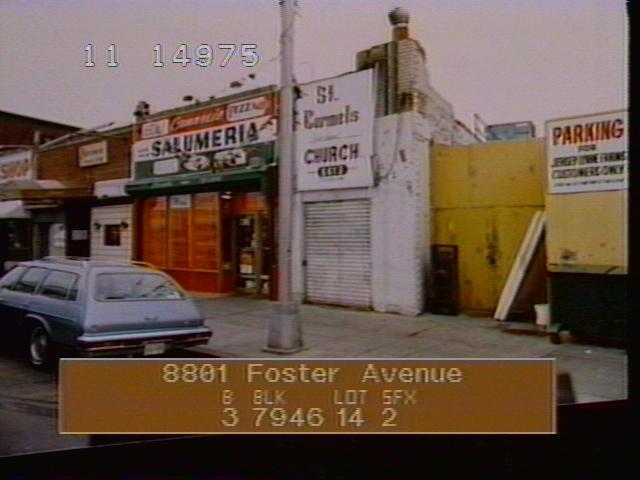
A tax photo from the 1980s shows just a portion of the building, with some small businesses in place, including a pizza place and a storefront church, as well as parking for Jersey Lynne Farms. The dwelling rooms were gone, converted to offices, according to a 1971 certificate of occupancy. The complex is now dominated by Jersey Lynne Farms, with just one other business, a meat vendor, with a noticeable presence from the street.
Look closely at the building and there are still some slight decorative details that give a hint as to what the building looked like during its bowling heyday. The two-story facade facing Foster Avenue includes angled brick corners, a streamlined cornice detail and some arched windows.
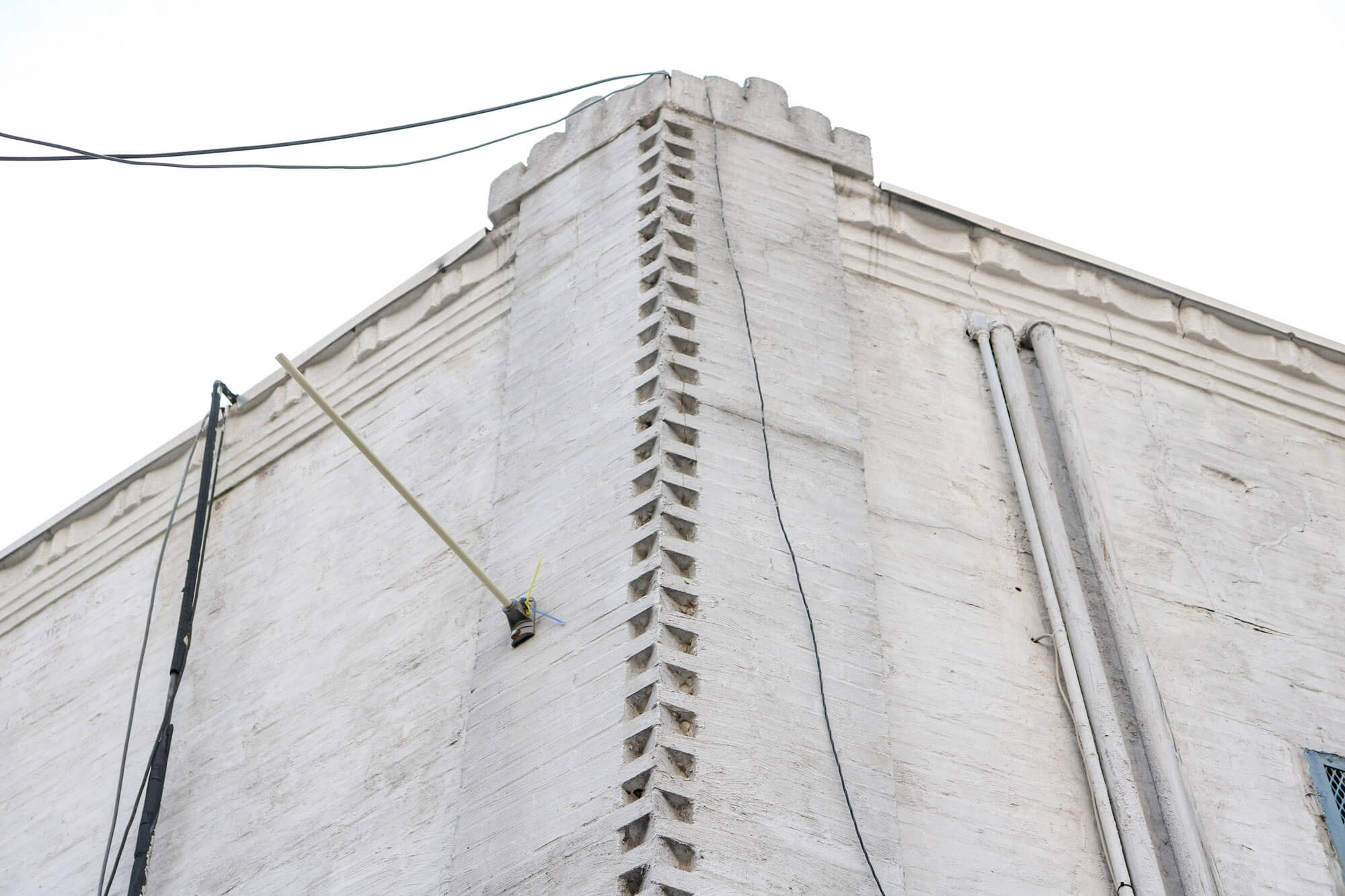
Related Stories
- Designing a Neighborhood: Houses for the Middle Class in Canarsie
- The Palisade at the End of the L Train: How Canarsie Got Its Name
- The Six Towns That Became Brooklyn
Email tips@brownstoner.com with further comments, questions or tips. Follow Brownstoner on Twitter and Instagram, and like us on Facebook.





What's Your Take? Leave a Comment